|
ID |
Nickname |
Country / City |
Languages |
Taxonomies |
Comment |
Project / Group |
Map |
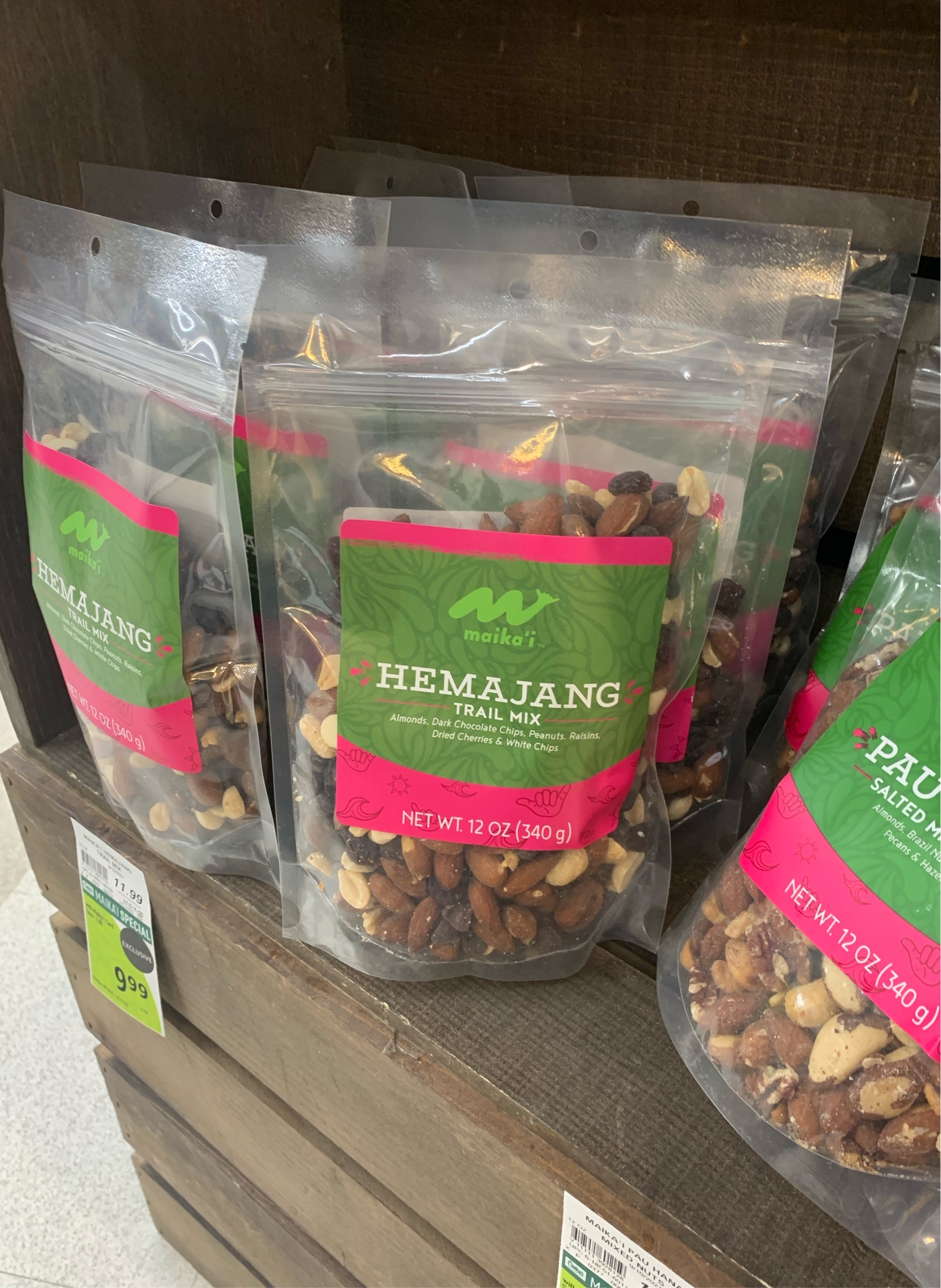
|
43686
|
|
ʻAmelika Hui Pū ʻIa
Honolulu
|
|
|
HK – Hammajang is a pidgin term for messed up. In this case this food item in Foodland is refering to a messed up mixture of nuts and other snacks contained. Its not messed up in quality rather the concept of messy being refered to the assortment of snacks in it.
|
Multilingual Hawaiʻi
|
|

|
43687
|
|
ʻAmelika Hui Pū ʻIa
Honolulu
|
|
|
HK – This is a sign placed in the International Market Place in Waikiki. This is a wonderful tourist sign with Aloha being the one word that everyone is familiare with. Love, Hello, Greetings, Good bye.
|
Multilingual Hawaiʻi
|
|
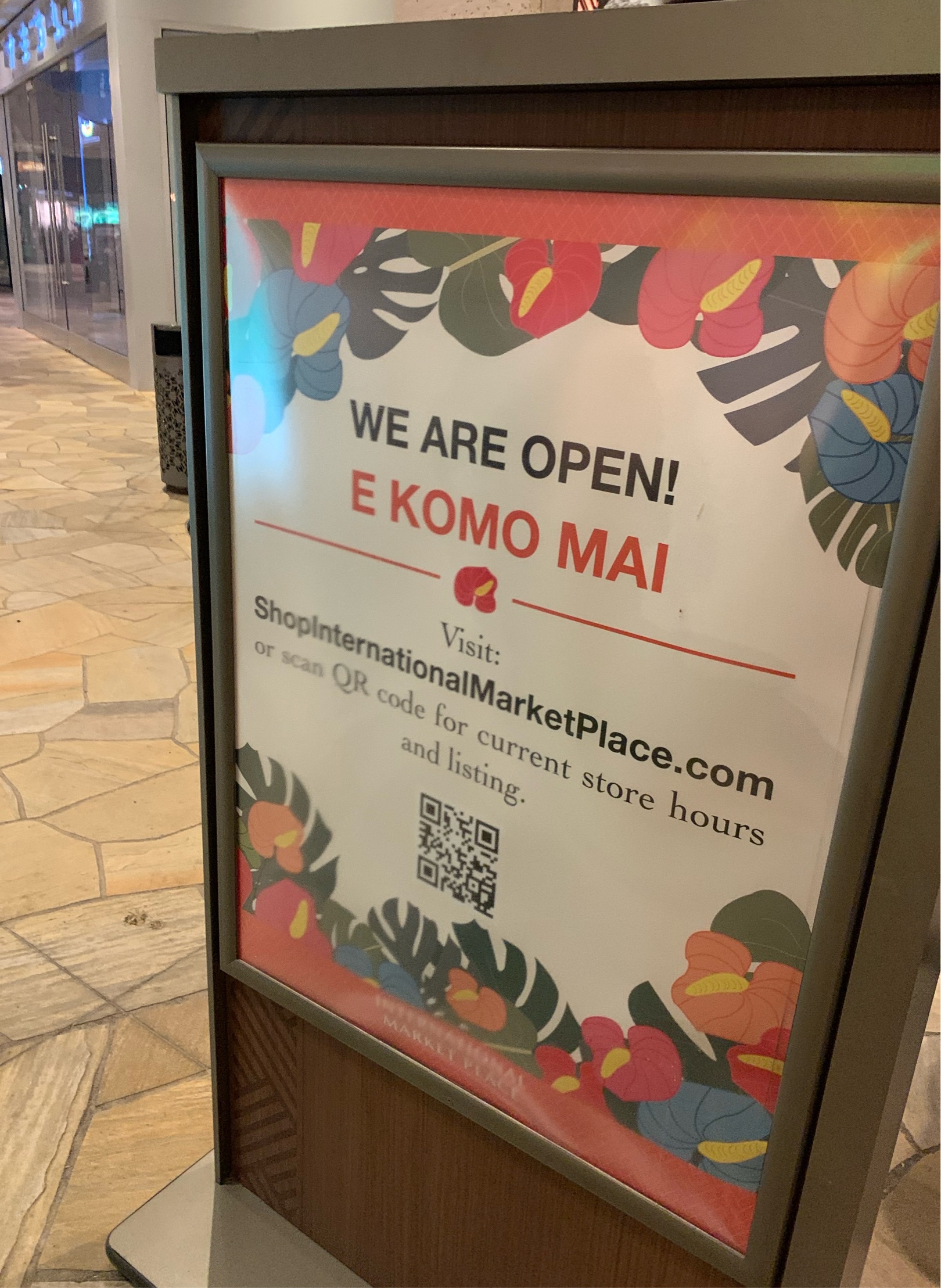
|
43688
|
|
ʻAmelika Hui Pū ʻIa
Honolulu
|
|
|
HK – E komo mai is Hawaiian for a Come on In – This is the rough translation but the literal defination being Enter towards the direction of the speaker. So it does not mean, “we are open!” even though we know this, the tourist may get comfused becasue this is meant to say, We are Open! “So come on in.”
|
Multilingual Hawaiʻi
|
|
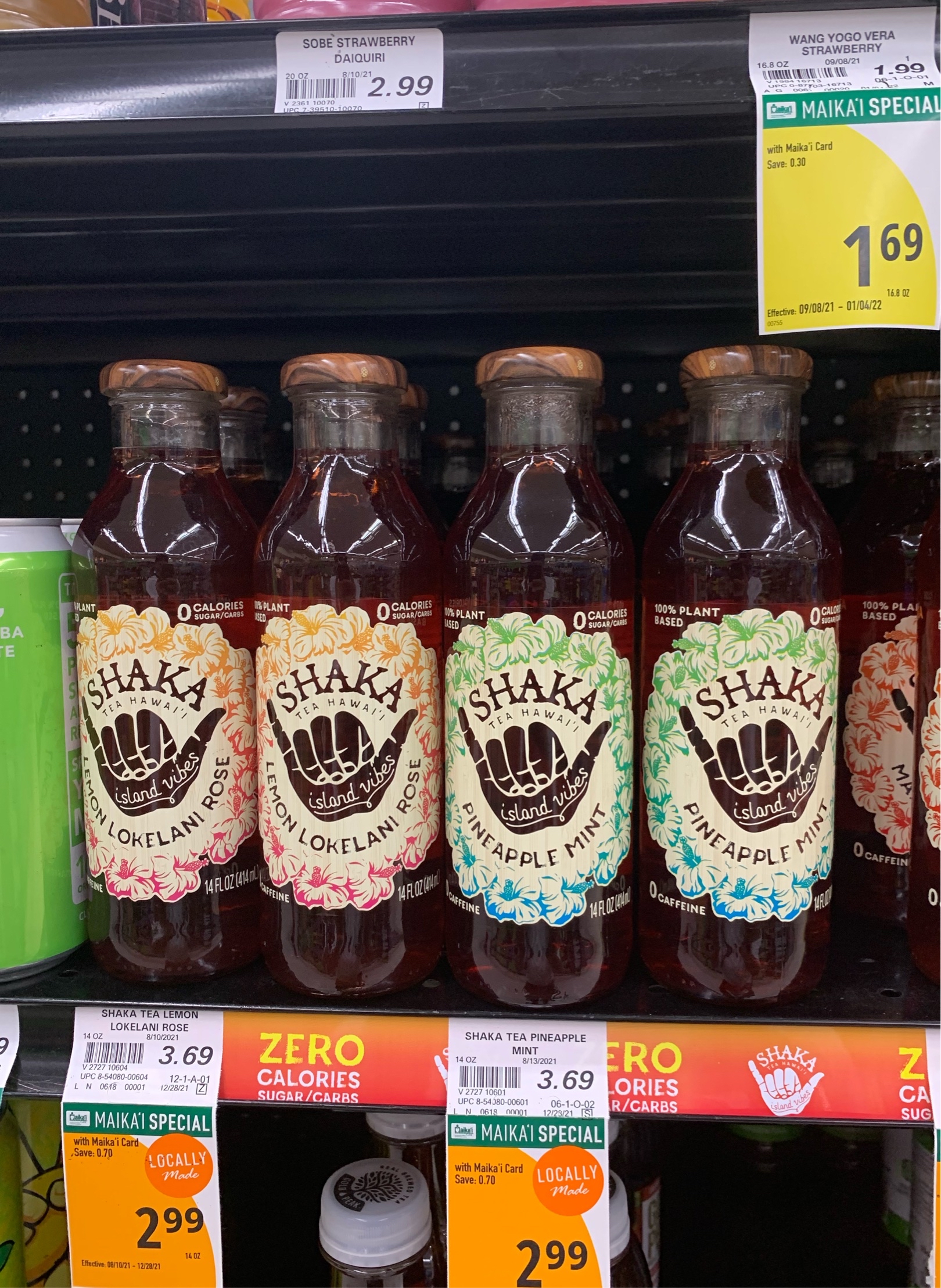
|
43689
|
|
ʻAmelika Hui Pū ʻIa
Honolulu
|
|
|
HK – Shaka is not Hawaiian. Rather its a term for hang loose used by surfers. The term has become more thoough a greeting and farwell sign here in Hawaiʻi. We dont say Shaka but the gestures is used more. Thats just what we call um. It has become our local culture to do it. In this case Hang Loose referese to the Tea to be very calming and chill. This is a product you can find at Foodland.
|
Multilingual Hawaiʻi
|
|

|
43690
|
|
ʻAmelika Hui Pū ʻIa
Honolulu
|
|
|
HK – Happy Wahine is Hawaiian and English with Wahine being woman. This is a spa unit that is probably target audience being Woman. This is a unit in the International Market Place.
|
Multilingual Hawaiʻi
|
|

|
43691
|
|
ʻAmelika Hui Pū ʻIa
Honolulu
|
|
|
HK – Ka Leo is Hawaiian for “The Voice”. It is our Schools paper here at University of Hawaiʻi at Mānoa . Here is a newpaper box that students can grab paper from on the way to and from Campus Center. This is ment for the students here in UH Mānoa but I think only a few students here know what Ka Leo means. I think a lot of people is just aware of it rather then the definition which is “The Voice” and it stands perfectly what a newspaper is.
|
Multilingual Hawaiʻi
|
|
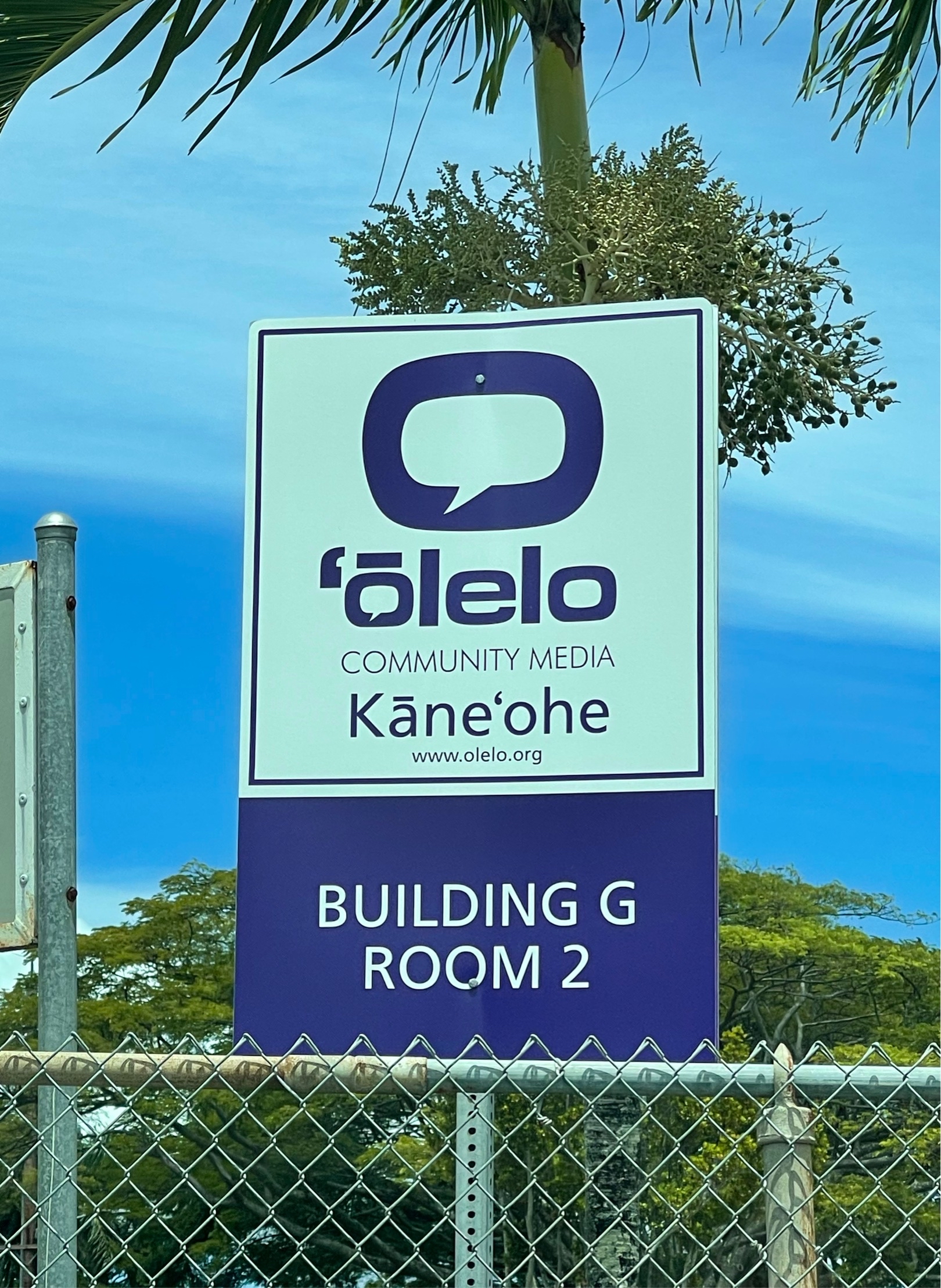
|
43890
|
|
United States
Kaneohe
|
|
|
SU
- medium: The sign is printed on a metal sign at the entrance of the S.W. King Intermediate School.
- domain: The context of the sign is ‘Ōlelo community media in Kāne’ohe.
- audience: The sign is intended for the people who are driving by the school’s entrance to see and also for the students who are involved or planning on getting involved with ‘Ōlelo.
- function: The sign is trying to inform people where the ‘Ōlelo media takes place on campus and also to inform people who are driving by that the intermediate school is involved with ‘Ōlelo community media.
- language: The language that is more dominant on the sign is English because there is more of it present but there are also a couple Hawaiian words.
The word ‘Ōlelo means “word, language, talk” in Hawaiian.
|
Multilingual Hawaiʻi
|
|
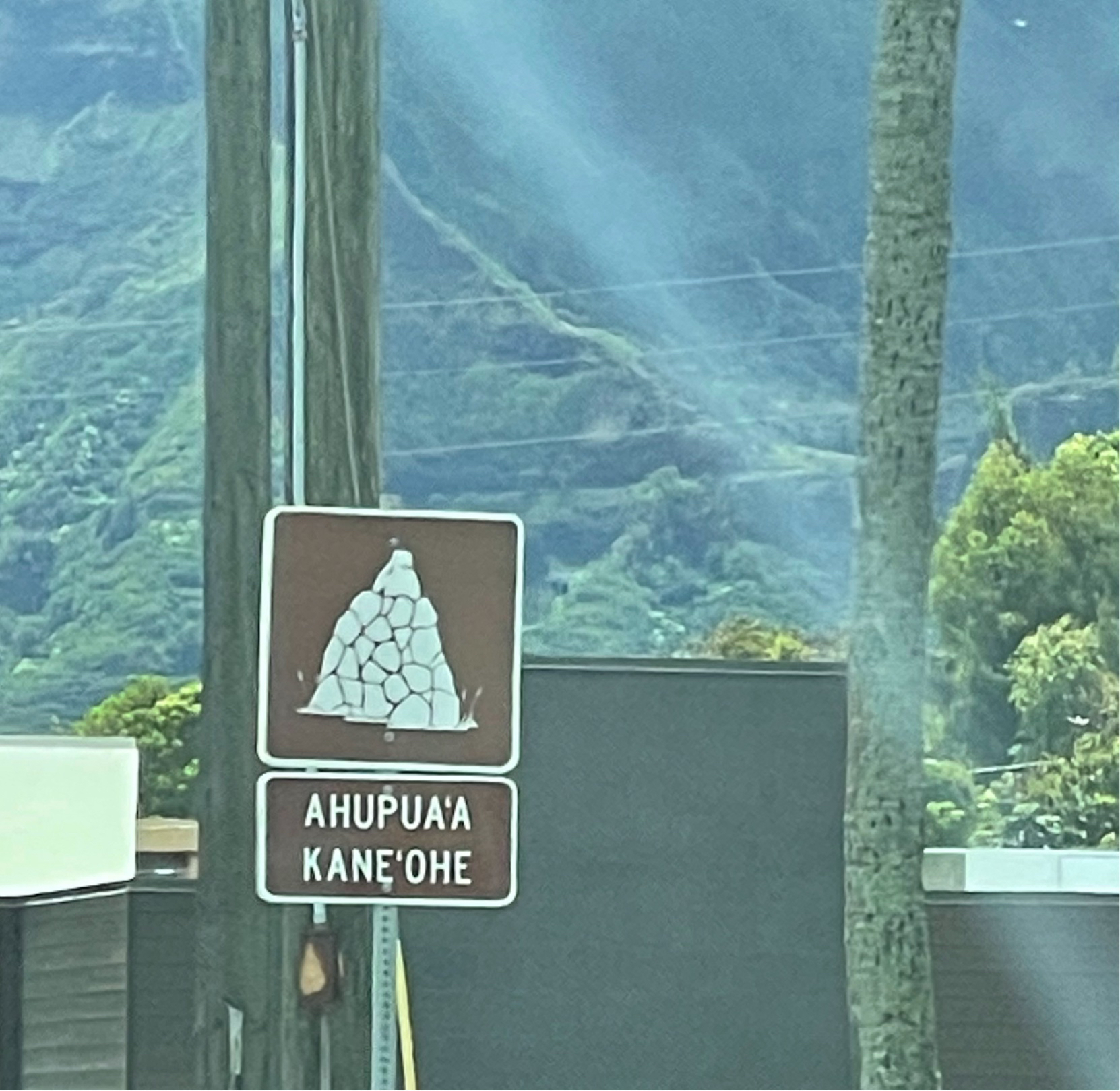
|
43891
|
|
United States
Kaneohe
|
|
|
SU
- medium: The sign is printed on a metal sign right off the side of the road.
- domain: The context of the sign is that there is an ahupua’a in Kāne’ohe.
- audience: The sign is intended for people who are driving by the sign. It is mainly intended for nonlocals and tourists.
- function: The sign is informing people who are not familiar with the island that an ahupua’a is nearby the area that the sign is located.
- language: The language that is dominant on this sign is Hawaiian.
The word ahupua’a is a Hawaiian term for a large traditional socioeconomic, geologic, and climatic subdivision of land.
|
Multilingual Hawaiʻi
|
|

|
43892
|
|
United States
Aiea
|
|
|
EL-S Domain: Pearlridge Center downtown
This is to help difference the diffferent sides of the mall, one is the plantation while to other isn’t.
Audience: Customers that are walking in, and wanting to go to the other part of the mall.
|
Multilingual Hawaiʻi
|
|

|
43893
|
|
United States
Aiea
|
|
|
EL-S Domain : Downtown Pearlridge Center
Audience: Its to help catch the others eyes, and see if there anything that local people might get or non-locals. Mostly to help bring in customers.
|
Multilingual Hawaiʻi
|
|

|
43894
|
|
United States
Honolulu
|
|
|
EL-S Domain: Computer case from T&C surf
Purpose: It’s a brand, that T&C sells, and most locals, have an item of this brand
Audience: The store itself may attract locals or those who like to surf/ go to the beach.
|
Multilingual Hawaiʻi
|
|
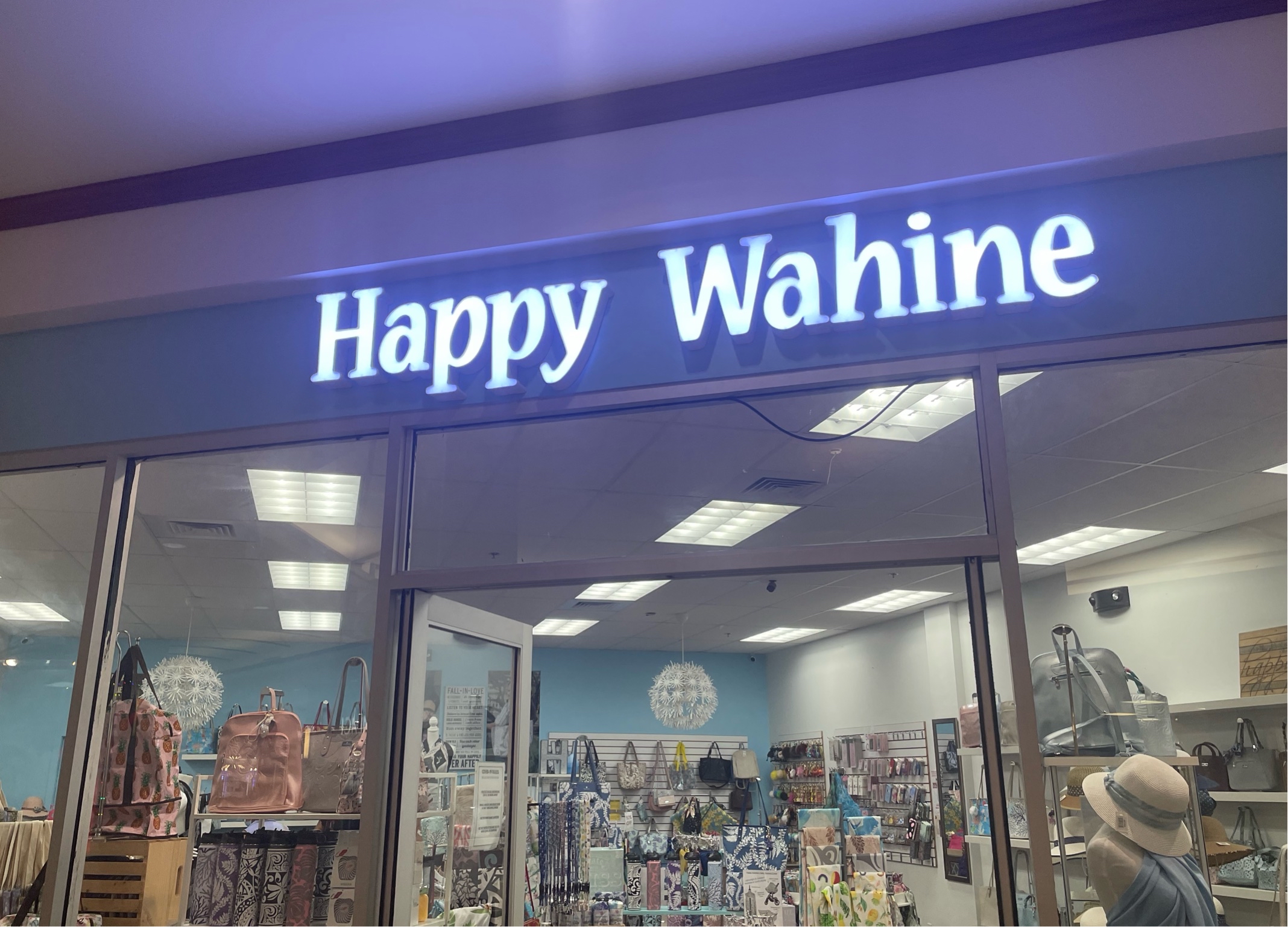
|
43895
|
|
United States
Aiea
|
|
|
EL-S Domain: Pearlridge Center Uptown
Purpose: It’s a local owned store, and the owner makes these Hawaiian designs herself.
Audience: Mostly attracts tourists as well as lots of locals as well and mostly Japanese people.
|
Multilingual Hawaiʻi
|
|
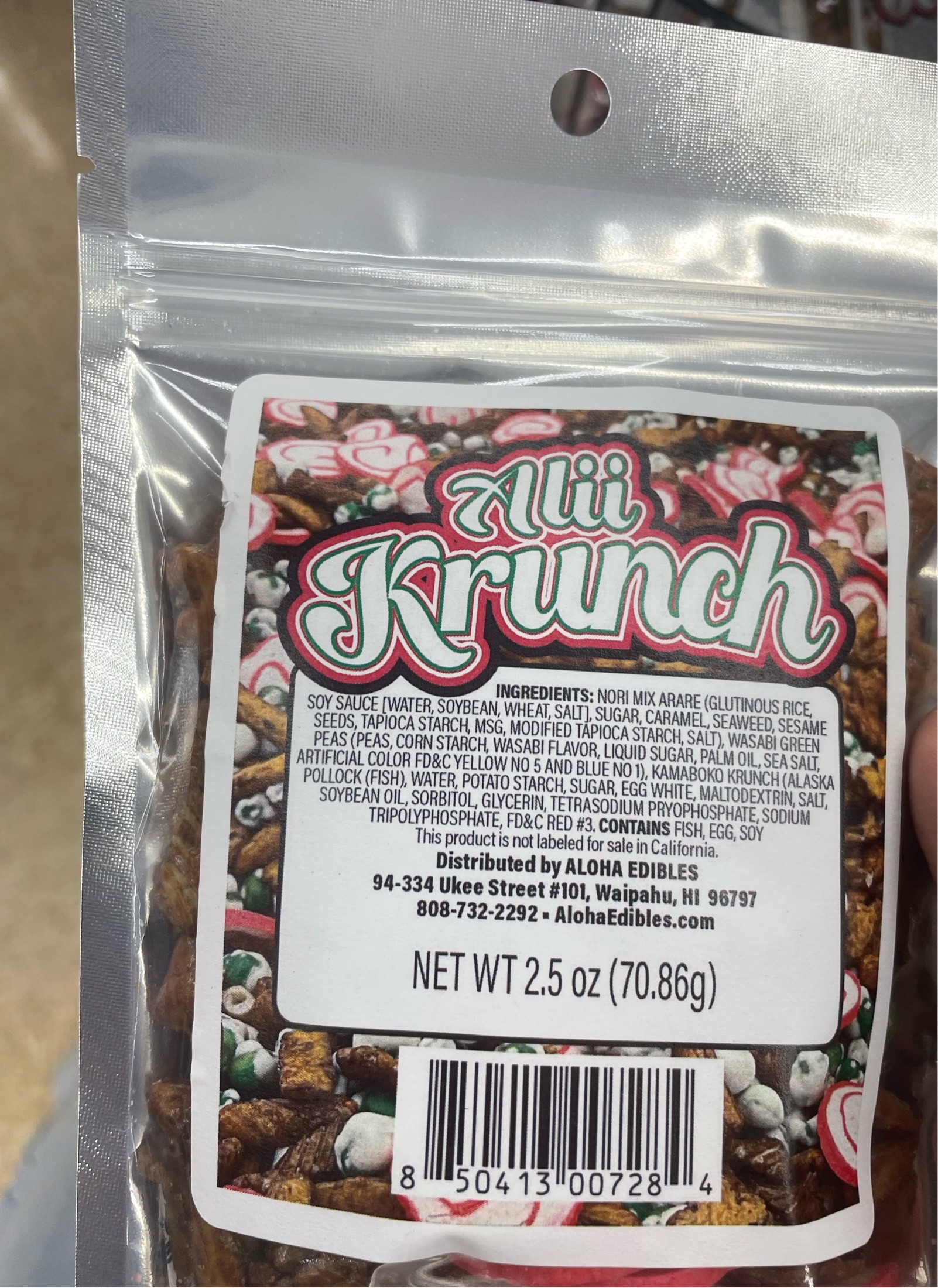
|
43896
|
|
United States
Aiea
|
|
|
EL-S Domain : Pearlridge Downtown Longs Drugs
Purpose: Ali’i means chief, this is just another delicious snack that lots of people enjoy
Audience: Those who shop and decide that they want something they want to snack on and decide on a local treat.
|
Multilingual Hawaiʻi
|
|

|
43897
|
|
United States
Aiea
|
|
|
EL-S Doamin: Longs Drugs Pearlridge downtown
Purpose: For someone to give or to treat themselves to an island treat they might not have had before
Audience: Those who are looking to get something for the family as a gift and share with them.
|
Multilingual Hawaiʻi
|
|
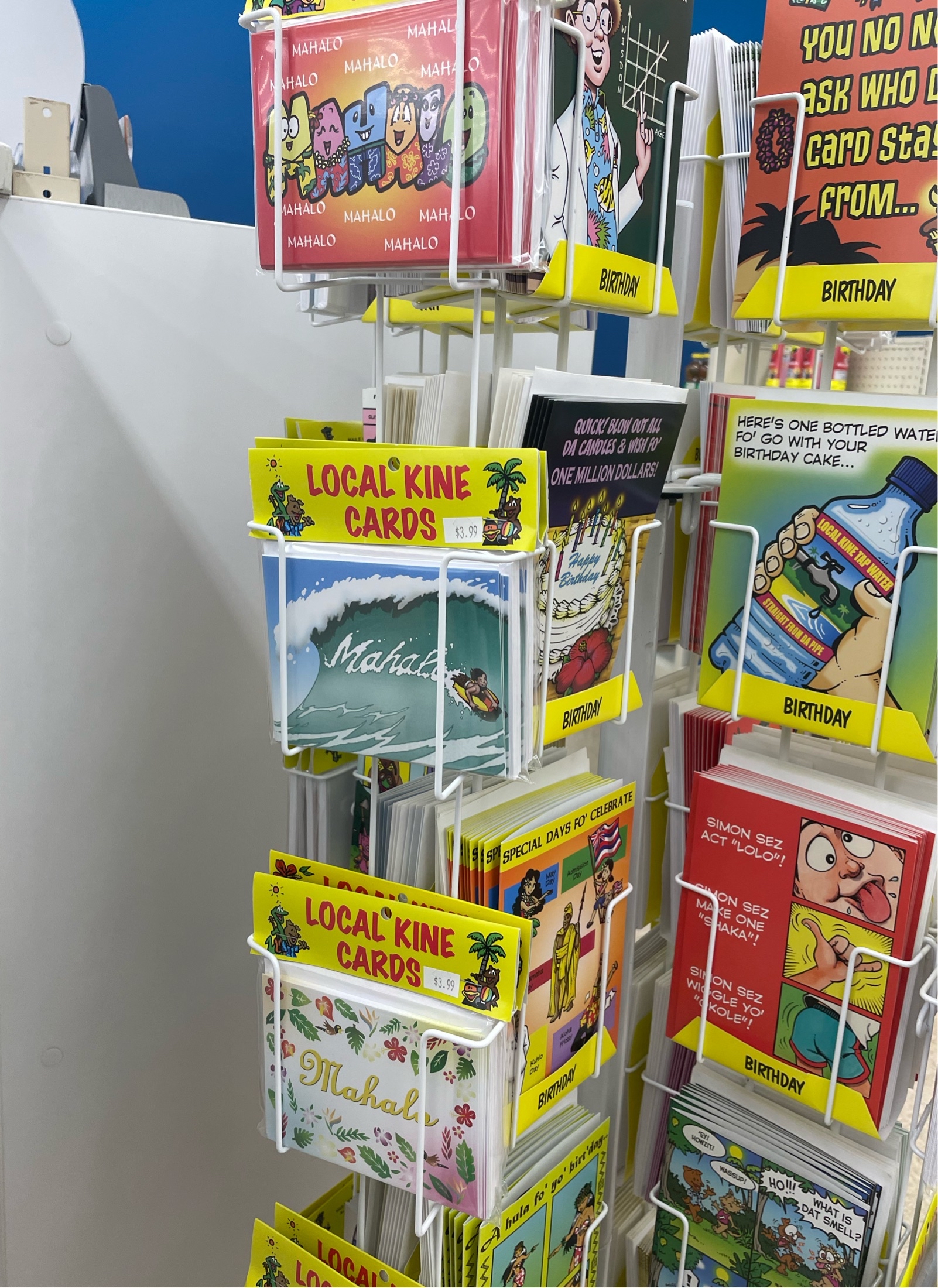
|
43898
|
|
United States
Aiea
|
|
|
EL-S Domain: Pearlridge Longs Drugs
Purpose : To give to your family or friends, for a birthday or gathering
Audience; Family members or friends who might be local and want their members to have a fun time while reading the card.
|
Multilingual Hawaiʻi
|
|
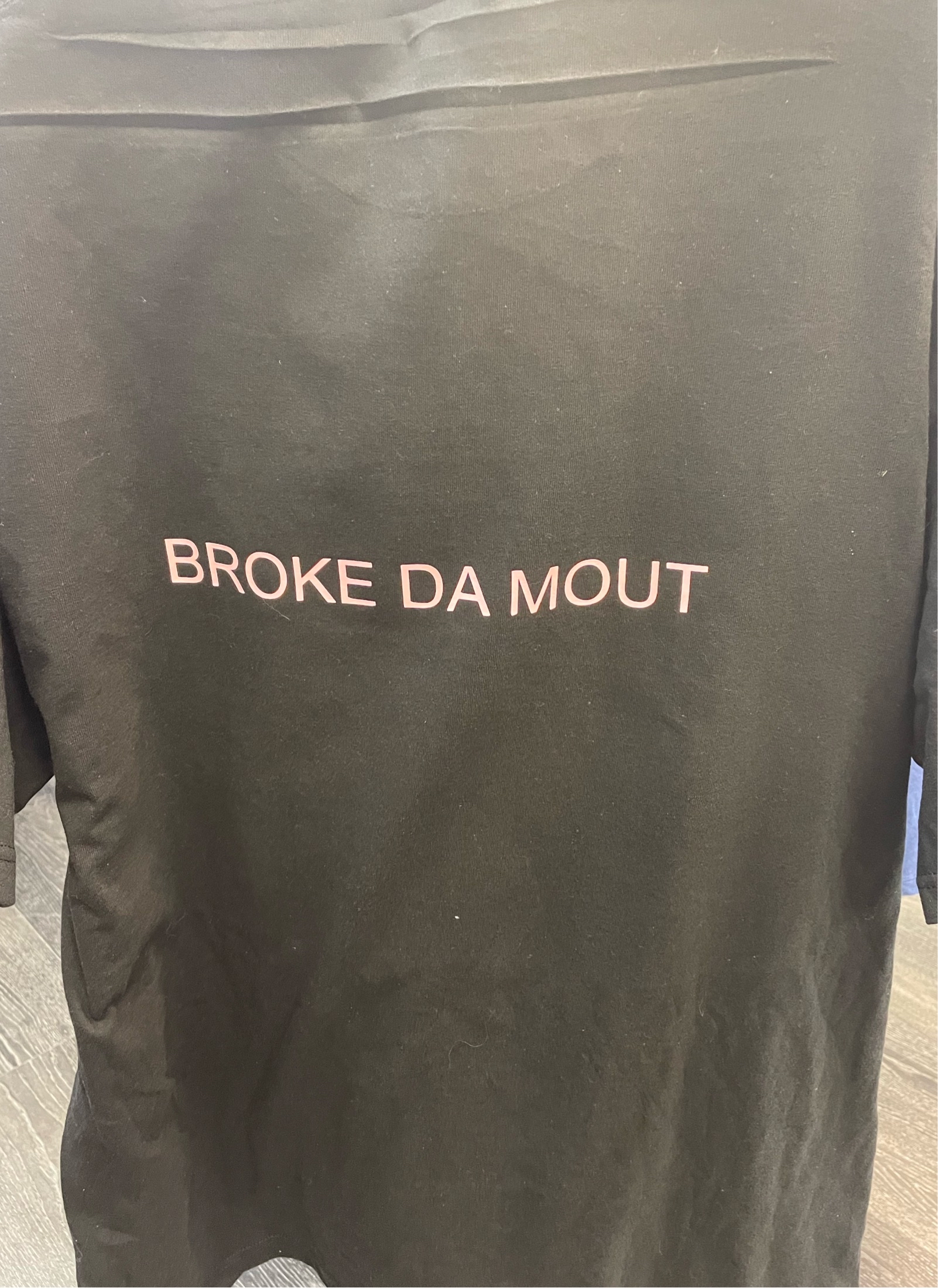
|
43899
|
|
United States
Aiea
|
|
|
EL-S Domain: Pealriddge Uptown, Custom tees
Purpose; you can create your own shirts, and you can have family names, or whatever you want.
Audience: Mostly people who want to celebrate birthdays and put their family names on there and those who have passed.
|
Multilingual Hawaiʻi
|
|

|
43950
|
|
United States
Kaneohe
|
|
|
SU
- medium: The sign is printed on a piece of wood that you hang in or outside of your home.
- domain: The context of the sign is using the phrase “E komo mai” to welcome someone into or to your home.
- audience: The sign is intended for people who are visiting one’s home, both local and nonlocal.
- function: The sign is trying to tell people that they are welcome at the place where this sign is hung.
- language: The language that is dominant on this sign is Hawaiian, “E komo mai” with a little bit of English, “Welcome”.
The phrase “E komo mai” means “Welcome” in Hawaiian.
|
Multilingual Hawaiʻi
|
|
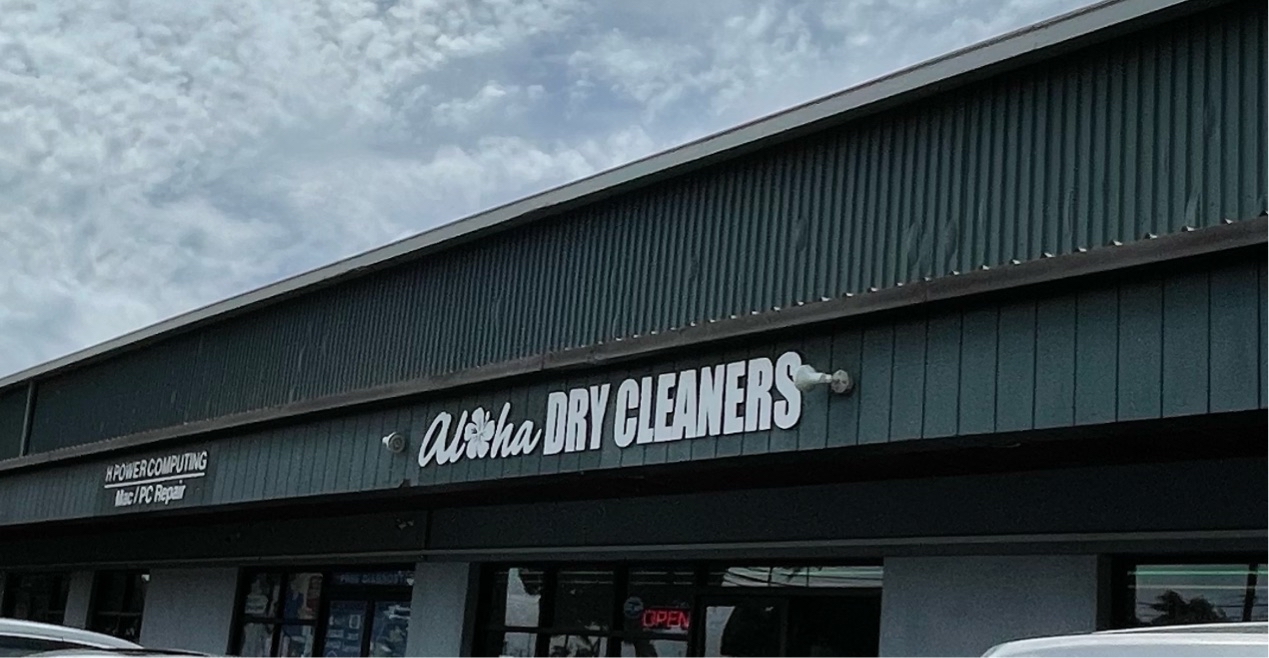
|
43951
|
|
United States
Honolulu
|
|
|
SU
- medium: The sign is printed on a building located at Ward Village.
- domain: The context of the sign is that it is a dry cleaners that also washes and folds your clothes for you, making it aloha fresh.
- audience: The sign is intended for people who are passing by the area. It is intended for nonlocals and locals.
- function: The sign is trying to inform people that there is a dry cleaners located there in Ward Village.
- language: The language that is dominant on this sign is English, “Dry Cleaners” with a little Hawaiian, “Aloha”.
The word “aloha” means “hello, goodbye, love” in Hawaiian.
|
Multilingual Hawaiʻi
|
|

|
43952
|
|
United States
Honolulu
|
|
|
SU
- medium: The sign is printed on a bottle of seasoning.
- domain: The context of this sign is that it is a seasoning with smoky rub in it (smoked paprika).
- audience: This sign is intended for the public in general. Anyone who is in the store passing this seasoning or buying it. Intended for local and nonlocal.
- function: This sign is trying to tell you that it is made in Hawai’i as it says at the top “aloha from Hawai’i”.
- language: The language that is dominant on this sign is Pidgin or HWC with some Hawaiian and English.
The phrase “da kine” means “the kind” when it is roughly translated and it is similar to the Pidgin expression “any kine” which means “any kind”. It is usually used when you can’t put your finger on what you’re trying to say. For example, “Um…da kine, he went to the grocery store already.”, “She wen go mess up my da kine.”, “He’s so da kine.”
|
Multilingual Hawaiʻi
|
|
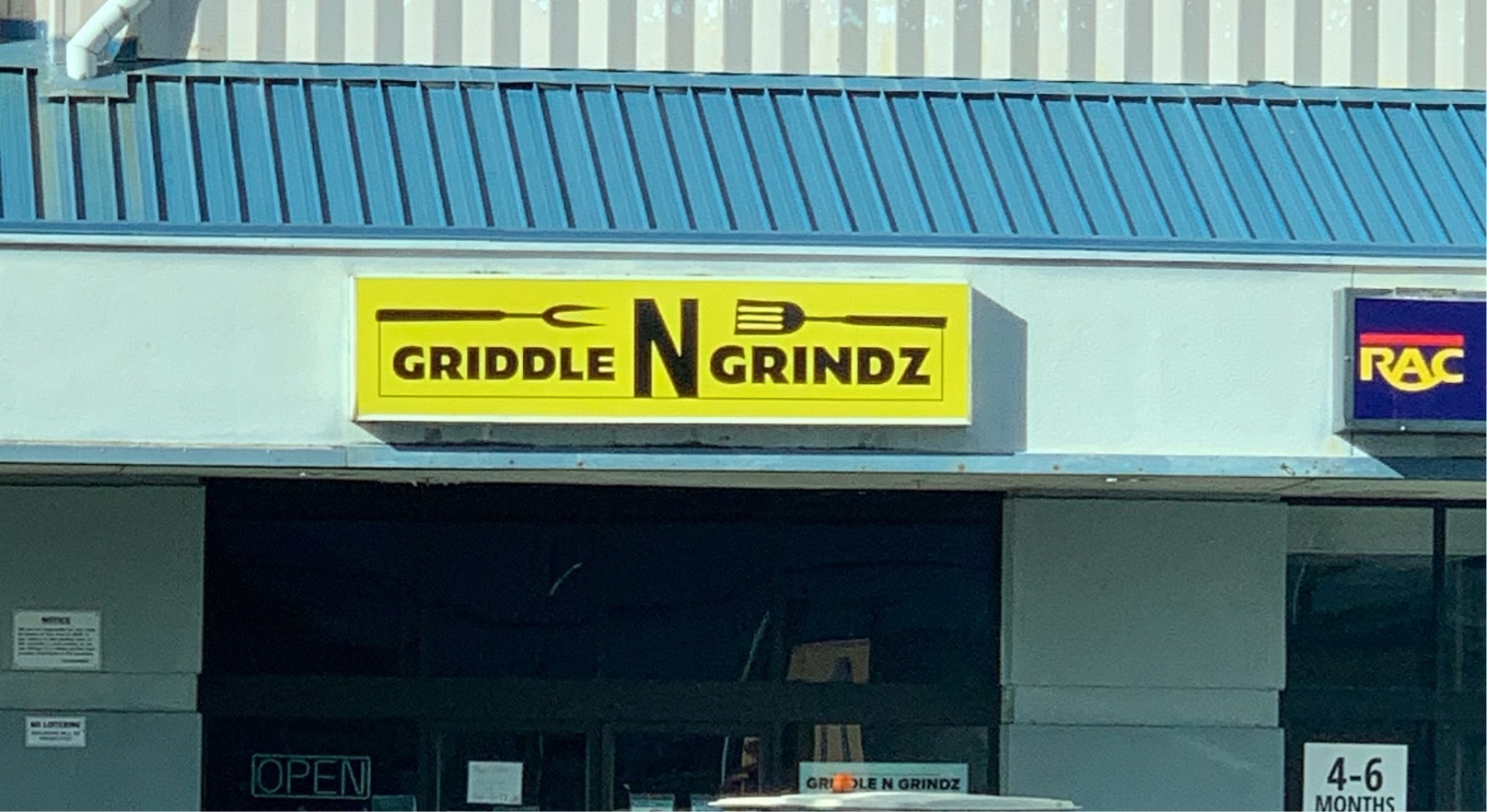
|
43953
|
|
United States
Honolulu
|
|
|
SU
- medium: The sign is printed on a light up sign above the restaurant.
- domain: The context of this sign is that Griddle N Grindz is a Korean BBQ restaurant that serves plate lunches.
- audience: This sign is intended for people who are passing through the area, for locals and nonlocals.
- function: The sign is trying to inform people about the restaurant as they pass by and catch their attention enough to make them want to try their food.
- language: The language that is dominant on this sign is Pidgin or HWC, “Grindz” with a little English, “Griddle”.
The word “grindz” is translated to “food” in Pidgin.
|
Multilingual Hawaiʻi
|
|